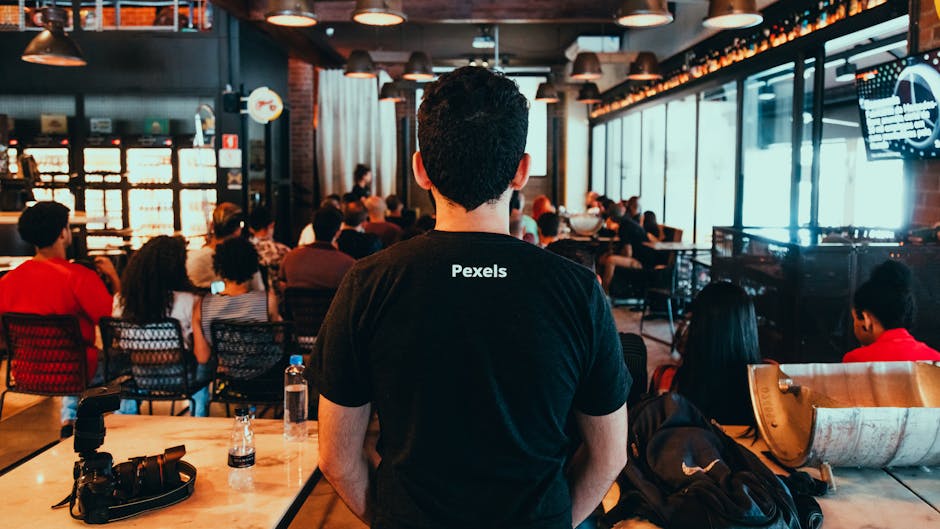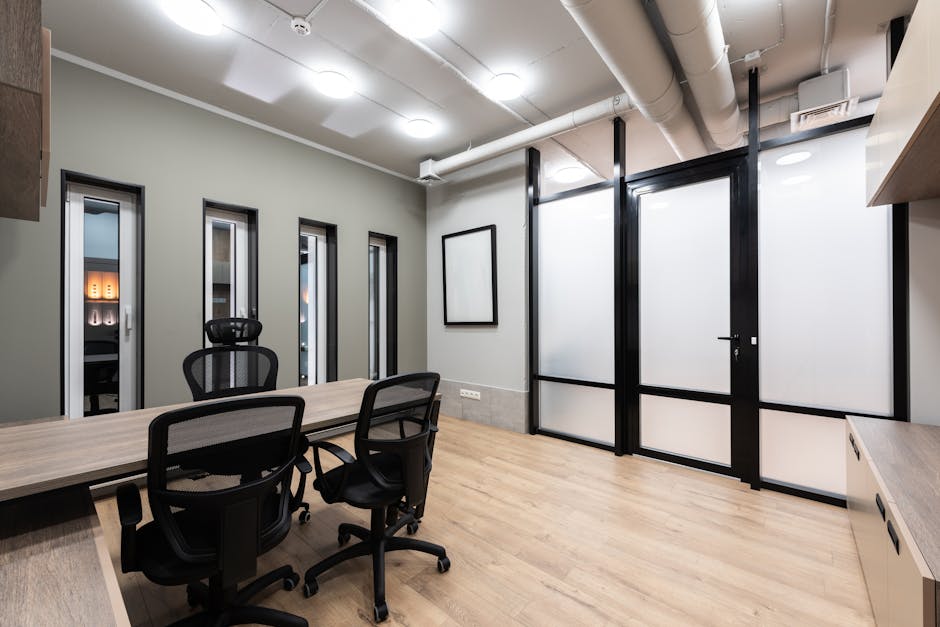Mastering Meeting Room Layouts: 7 Styles to Enhance Collaboration
“Explore seven versatile meeting room layouts designed to enhance collaboration in hybrid workplaces. From boardroom to huddle spaces, learn how to create effective environments for various meeting types and maximize your office space utilization. ”

In today's dynamic work environment, the importance of well-designed meeting spaces cannot be overstated. As companies adapt to hybrid work models, the role of meeting rooms has evolved significantly. They are no longer just places for formal discussions but have become crucial hubs for collaboration, creativity, and productivity. This article explores seven effective meeting room layouts that can transform your workplace and enhance team interactions.

The Evolving Role of Meeting Rooms in Hybrid Workplaces
The smart workplace is continuously adapting to meet the changing needs of employees. Meeting rooms now serve multiple purposes:
-
Enabling Stronger In-Person Collaboration: With the flexibility of remote work, employees come to the office specifically for face-to-face interactions. Meeting rooms must facilitate these collaborative sessions effectively.
-
Bridging Remote and In-Office Teams: Hybrid work requires seamless integration between on-site and remote participants. Meeting rooms need to be equipped with technology that ensures equal participation regardless of location.
-
Providing Flexible Spaces: Modern meeting rooms should be adaptable, serving various functions from formal presentations to informal brainstorming sessions.
7 Meeting Room Layouts to Enhance Collaboration
1. Boardroom Style
The classic boardroom layout features a large central table surrounded by chairs. This setup is ideal for:
- Executive meetings
- Client presentations
- Decision-making sessions
Pro Tip: Ensure the room is equipped with high-quality video conferencing tools to include remote participants effectively.
2. U-Shape Style
Tables arranged in a U-shape with chairs on the outer edge create an interactive environment perfect for:
- Training sessions
- Workshops
- Presentations with audience participation
This layout allows the presenter to move freely and engage directly with attendees.

3. Classroom Style
Rows of tables and chairs facing a central point work well for:
- Lectures
- Large training sessions
- Presentations with minimal audience interaction
Consider: Adding power outlets at each table for laptops and devices.
4. Theater or Auditorium Style
Chairs arranged in rows without tables maximize seating capacity. This layout is suitable for:
- Large presentations
- Company-wide meetings
- Guest speaker events
5. Crescent Style
Round tables partially surrounded by chairs, with one side open, encourage small group interactions while maintaining focus on a central presenter. Ideal for:
- Team-building activities
- Workshops with breakout sessions
- Events combining presentations and group work
6. Banquet Style
Full round tables promote intimate discussions within a larger group setting. This layout works well for:
- Networking events
- Collaborative problem-solving sessions
- Team lunches or celebrations
7. Huddle Style
Informal seating arrangements with comfortable furniture create a relaxed atmosphere for:
- Brainstorming sessions
- Creative discussions
- Casual team meetings

Optimizing Meeting Room Management
To make the most of your meeting spaces, consider the following strategies:
-
Create Clear Policies: Establish and communicate guidelines for room booking, usage, and etiquette to prevent conflicts and ensure fair access.
-
Leverage Technology: Implement room scheduling software to streamline bookings and monitor usage patterns.
-
Equip Rooms for Hybrid Meetings: Invest in quality audio-visual equipment to support seamless remote participation.
-
Provide Flexible Furniture: Choose easily movable furniture to allow quick reconfiguration of spaces for different meeting types.
-
Gather Feedback: Regularly collect input from employees to understand their needs and preferences for meeting spaces.
Conclusion
The right meeting room layout can significantly impact the effectiveness of your team's collaborations. By offering a variety of setups tailored to different meeting types, you can create a more dynamic and productive workplace. Remember, the key to success lies in flexibility and adaptability. As work patterns continue to evolve, so too should your meeting spaces.
Revolutionizing hybrid work involves more than just technology; it's about creating environments that foster creativity, collaboration, and comfort. By implementing these diverse meeting room layouts and management strategies, you'll be well on your way to building a more engaged and productive workforce in the hybrid era.